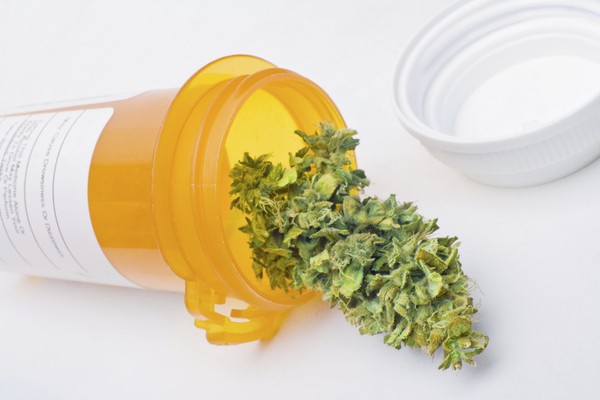Should New York provide medical marijuana to animals? One lawmaker says the state should. Will you soon be able to provide pot for your pooch?
Assemblywoman Amy Paulin, D-Scarsdale, Westchester County, introduced legislation Thursday that would change New York law to allow veterinarians to prescribe medical marijuana to animals.
“Medical marijuana has helped countless people in the management and treatment of chronic and debilitating illnesses,” Paulin’s bill states.
“Research suggests that animals can also benefit from cannabis use to similarly treat their ailments.”
“Animal owners and caregivers would therefore be given an alternative option to alleviate their pets’ pain,” Paulin’s bill said.
“This could be helpful to many animals in need of relief, especially those that have chronic illnesses and for whom more traditional medical treatment has not proven to be effective.”
The bill may face an uphill battle with the Legislature and Gov. Andrew Cuomo. The measure has yet to gain a Senate sponsor, and Cuomo has moved cautiously with expanding the state’s medical marijuana program.
New York first started to allow doctors to prescribe medical marijuana in non-smokeable forms in January 2016, but the program has struggled.
As a result, the state has expanded the types of conditions that can be treated with medical marijuana, let nurse practitioners prescribe it and wants to double the number of dispensaries to 40.
The program currently has 1,500 registered practitioners and about 47,600 patients. according to the state Health Department.
Cuomo indicated in January that New York will also study whether to legalize recreational marijuana.
“This is an important topic, it is a hotly debated topic — pardon the pun — and it would be nice to have some facts in the middle of the debate once in a while,” Cuomo said in his budget address.
As more states legalize marijuana, pet owners are giving their dogs and cats cannabis to treat everything from anxiety to arthritis. But veterinarians say there isn’t enough scientific data to show it’s safe and effective for animals.





